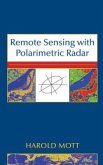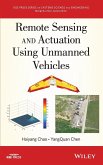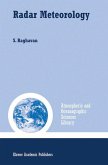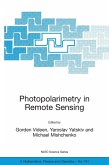Bistatic radars have been a focus of study since the earliest days of radar research. Despite this, until recently only a few bistatic systems have crossed the experimental study threshold and, consequently, there is little known about them compared to their monostatic counterparts. Now, however, there is fast growing interest in bistatic radar, due to its importance in the development of defence, remote sensing, aerospace, meteorological and navigation application fields, as well as its unique peculiarities. These include: covert operational ability relevant to the receiver position, counter-stealth ability, and a potentially reduced cost as one transmitter can be used to send information to several receivers.
With contributions from international experts working with bistatic radar, this book, the first in a series on bistatic radar, provides an introduction to the technology, covering information on basic principles and design. Starting with a detailed look at monostatic radar, examining the development of the field as a whole, the book then goes on to:
_ introduce the classical aspects of bistatic radar such as geometry, power budget and resolution;
_ present an in depth analysis of bistatic scattering of electromagnetic waves;
_ provide an overview of the bistatic radar potential which follows from their bistatic nature;
_ discuss forward scattering radar;
_ investigate forward scattering radar for air targets detection and tracking;
_ set out an experimental study of real world forward scattering radar.
Bistatic Radars: Principles and Practice gives an up-to-date overview of this important technology for practising engineers and researchers involved in the design and implementation of bistatic radar in a range of industries. It is also a valuable reference for advanced students taking special courses in radar technology.
With contributions from international experts working with bistatic radar, this book, the first in a series on bistatic radar, provides an introduction to the technology, covering information on basic principles and design. Starting with a detailed look at monostatic radar, examining the development of the field as a whole, the book then goes on to:
_ introduce the classical aspects of bistatic radar such as geometry, power budget and resolution;
_ present an in depth analysis of bistatic scattering of electromagnetic waves;
_ provide an overview of the bistatic radar potential which follows from their bistatic nature;
_ discuss forward scattering radar;
_ investigate forward scattering radar for air targets detection and tracking;
_ set out an experimental study of real world forward scattering radar.
Bistatic Radars: Principles and Practice gives an up-to-date overview of this important technology for practising engineers and researchers involved in the design and implementation of bistatic radar in a range of industries. It is also a valuable reference for advanced students taking special courses in radar technology.








